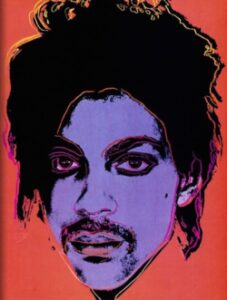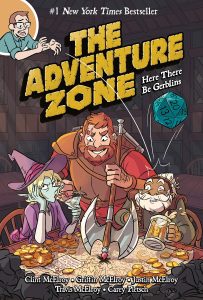How the Cookie Crumbles: The #UtahCookieWars
 Besides offering delicious cookies that can be delivered straight to your door, Crumbl Cookie is bringing some interesting legal content to the news by filing trade dress infringement lawsuits against two other cookie companies. Crumbl claims that two smaller Utah business, Dirty Dough and Crave Cookies, are using packaging, logos, and designs that are confusingly similar to that of Crumbl, which could constitute infringement under the Lanham Act. In reference to Dirty Dough in particular, Jason McGowan, co-founder and CEO of Crumbl Cookies, posted on LinkedIn on August 29, 2022, alleging that “Dirty Dough has stolen trade secrets from Crumbl’s internal database,” including recipes, building schematics, statistics, training videos, and more. As redress, Crumbl is seeking monetary and injunctive relief in the District of Utah.
Besides offering delicious cookies that can be delivered straight to your door, Crumbl Cookie is bringing some interesting legal content to the news by filing trade dress infringement lawsuits against two other cookie companies. Crumbl claims that two smaller Utah business, Dirty Dough and Crave Cookies, are using packaging, logos, and designs that are confusingly similar to that of Crumbl, which could constitute infringement under the Lanham Act. In reference to Dirty Dough in particular, Jason McGowan, co-founder and CEO of Crumbl Cookies, posted on LinkedIn on August 29, 2022, alleging that “Dirty Dough has stolen trade secrets from Crumbl’s internal database,” including recipes, building schematics, statistics, training videos, and more. As redress, Crumbl is seeking monetary and injunctive relief in the District of Utah.
Adding another dimension to Crumbl’s allegations, Dirty Dough’s founder was a former Crumbl employee, and the owner of Crave Cookies had previously had their application to become a Crumbl franchisee rejected. Both individuals, Crumbl alleged, took Crumbl’s packaging, marketing, advertising, and presentation in an attempt to profit off of Crumbl’s trade dress and brand identity.

 Next week, the Supreme Court will hear oral argument in
Next week, the Supreme Court will hear oral argument in 